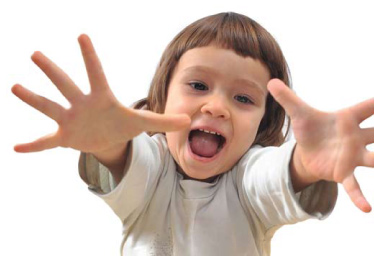Attention Deficit Hyperactivity Disorder, more commonly known as ADHD, is one of the most common disorders found in children and adolescents. Usually presenting itself by the age of seven, ADHD is a behavioural disorder that can have an impact on all major aspects of a child’s life, including socialisation, academic achievement and physical and psychological well-being.
However, the level of severity of ADHD may vary and research has found that with the help of intervention techniques and strategies, there is a decline in symptoms in people with ADHD as they age. Early intervention is key and that is why an early diagnosis is important for the future wellbeing of people with ADHD
| Did You Know? |
|---|
| Worldwide, ADHD is said to affect 3-5% of the population and the numbers are increasing throughout the years. In Malaysia, the prevalence rate of ADHD among children between the ages of 5-15 years old registered at 3.9%. It has also been shown to consistently affect more boys than girls, though researchers have yet to be able to explain why. |
What Qualifies as ADHD?
Like most disorders, there is a cluster of symptoms that indicate the presence of ADHD in children. Generally, there are three key behaviours that form the basis of an ADHD diagnosis:
Inattention. One of the main symptoms, inattention means that children will usually have a hard time sustaining their attention on something and they get easily distracted and bored with the tasks given. Symptoms include – easily distracted by irrelevant sights and sounds, failing to pay attention to details and making careless mistakes, difficulty following instructions and often jumping from one activity to another. These are often unnoticed until the child enters school.
Hyperactivity. Appearing to be the most visible sign, hyperactive children are constantly in motion and they may often move around touching and playing with anything they see as well as talk incessantly. They find simple tasks like sitting still difficult. In young children, behaviours such as darting out of the house or into the street, excessive climbing and jumping are often observed as these children seem to have boundless energy.
Impulsivity. Impulsive children seem to be unable to curb their immediate reaction or think before they act. Impulsivity is observed when the child often answers a question before the questioning is completed, has difficulties waiting for their turn and is always interrupting people. ADHD children showing signs of impulsivity are also restless, have difficulty staying still and talk excessively.
In addition to that, the core behaviours of ADHD may also impact children’s lives in various ways, resulting in secondary symptoms that include:
- Disturbance in academic achievement.
- Poor social behaviour and relationship.
- Difficulty regulating their emotions.
- Increased injuries/accidents.
| Take a Step Back… |
|---|
| Before you jump to the conclusion that your child has ADHD, bear in mind that all the symptoms of ADHD are observed to some degree among normal children. It is only when these behaviours occur over a prolonged time and disturbing enough to impair the child’s normal development that they require diagnosis. It is best to seek an expert opinion for the proper testing procedures should you suspect that your child has ADHD. |
Is there a Cure?
As of yet, there is no cure to completely rid a person of ADHD. However, the symptoms of ADHD do seem to respond to treatment and intervention methods that have been deployed, proving that the symptoms can be managed. From a medical perspective, stimulant medications seem to be the treatment of choice as they have shown to increase attention and reduce impulsivity and activity levels. Behavioural therapy on the other hand, helps people with ADHD cope with their symptoms by teaching them how to control their behaviours. ADHD is best treated with a combination of both.






Comments